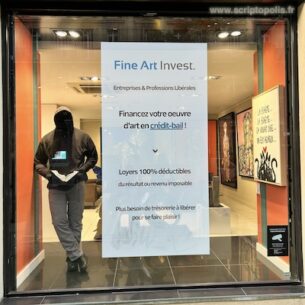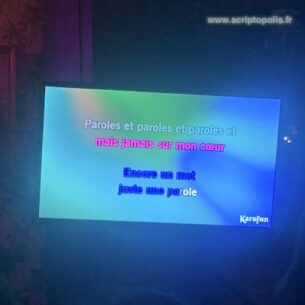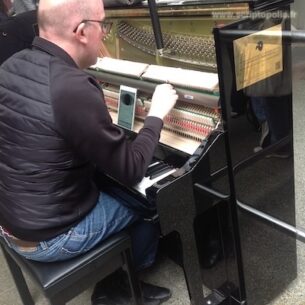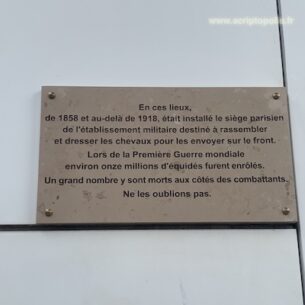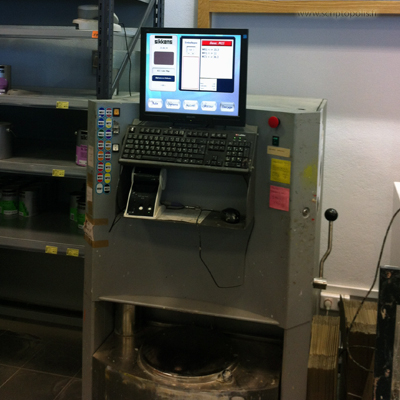Colors
Roanne, august 2013.
There’s no accounting for taste. For some, it’s teal blue. Others prefer orange, green or red. That’s just the way it is. Colors seem to belong with peculiar emotions, intimately connected with personal tastes. Yet, colors are also framed by some conventions and are closely related to institutional practices. In some countries, one gets married in white, and goes into mourning in black. In others, it is exactly the opposite. In others, white is not considered as a color at all. And in some circumstances, colors are deeply gendered: blue for boys, pink for girls. More recently, visual marketing greatly contributes to associate particular colors to customers desires and buying decisions. Yellow for optimism and youthfulness, red for energy and urgency, blue for trust, purple for appeasement…
In this workshop, there is no room for jealousy. The content of each paint can is white. It is the basis of the whole range of possibilities. Every customer can enter and ask for a very specific color. When a simple optical scanner is passed over a color chart or a piece brought by the customer, it analysis the proportions of coloring that compose the assembled color, and it displays the result on a computer screen. The correct proportioning of colors is then transformed in a mixture introduced in one of the white paint can. Between the reading gesture with the optical scanner and the final blend, the color goes through various inscriptions, codes, and materials. The peculiar device transforms colors in a quite similar manner as a DNA replication device. A specific or rare color may be turned into an unlimited resource. And such a multiplication process goes along with a last inscription: a label, stuck to the paint can lid, displaying the color name, a bar code in order to purchase more of the same kind again, date, and its price.



